
3D Printing, rapid prototyping, computer aided design, flexibility, sustainability. We heard the buzzwords. But what’s with all the fuss?
On the 15th of March, 2021, Rotadyne staff members Jessica Pani (Intern Industrial Designer) and Caroline da Silva (Junior Marketing Designer) set out to the PCA headquarters, located in Smithfield. They were sent with the aim to be trained by the masters in 3D Printing technologies, as Rotadyne seeks to explore and expand our manufacturing and prototyping capabilities.
Rotadyne isn’t too late into the 3D Printing game – make sure you’re not either!
 Wondering how you can take advantage of this process for yourself? Many ponder whether or not 3D Printing is a compatible method with their product, eager to be involved in this unique arena but hesitant to tackle the unknown waters in which it operates.
Wondering how you can take advantage of this process for yourself? Many ponder whether or not 3D Printing is a compatible method with their product, eager to be involved in this unique arena but hesitant to tackle the unknown waters in which it operates.
We’ve been experimenting with this process for over a year now, with significant developments being made particularly as our partners in plastic, PCA, have assisted us. Read more about our partnership with these printing experts here.
Now with the arrival of our latest machine, Rotadyne have furthered our capabilities and can officially spread our wings and shoot for the stars in additive manufacturing! Now capable of printing up to 400 Ø x 700 (mm) thanks to our newest Delta Wasp addition, the possibilities are becoming increasingly exciting!
The scope of industries which benefit from 3D Printing is vast. It has been featured in everything from education, space technologies, fashion, and medicine (it’s even been used to print live tissue!)!
And as the 3D Printing community grows, the world is dawning on the realization that there’s almost nothing this process can’t do. New material options are emerging in the field, such as wood, metals and even ceramics! This is a novel, innovative process which is simply brimming with potential, and is actively evolving as we utilize it.
That being said, there are a lot of important considerations to take before you press print. Whilst 3D Printers are widely available and it is possible to print-from-home, consulting with experts which you trust can be the determining factor for your products success. You don’t want to miss out on key opportunities, or run the risk of a product flop due to lack of industry insight.
This is why we are providing you with a few key points which you can use to feel more secure in your production decisions, giving you some peace of mind before you commit. But remember, you don’t have to do this alone. We care about your product as much as you do: consult us today to learn more about your opportunities and pathways towards becoming a market leader.
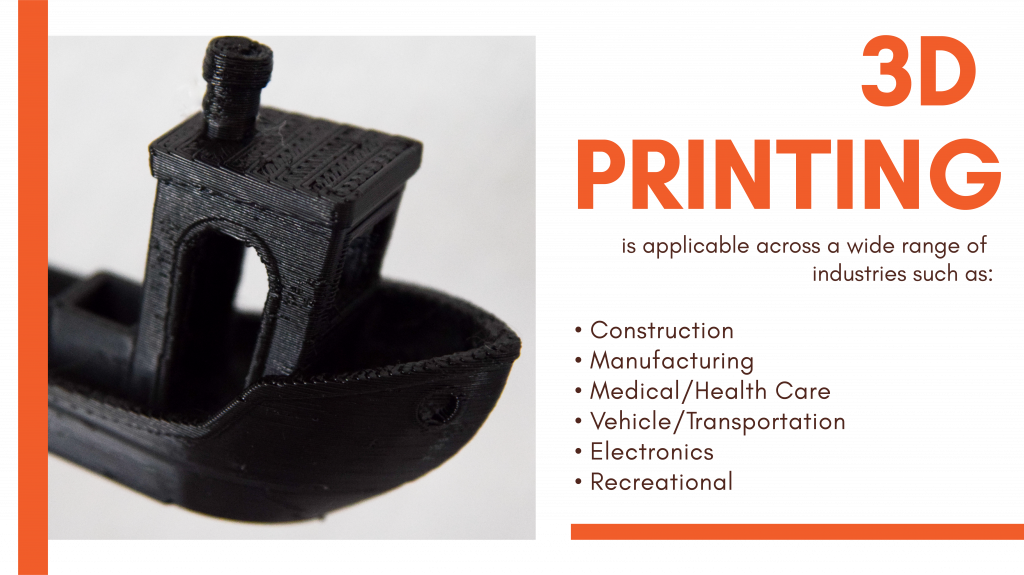
HOW IT WORKS
“With all 3D Printing, you need to know what you’re doing.”
Giulio Ricci, 2020.
The printer is made up of several key components, including:
- The extruder, which contains the gears to push the filament through.
- The nozzle, which heats the filament into workable material
- The print bed or “build plate”, where the part is constructed onto
- The controller display, which is where information about your print can be seen and adjusted if necessary.
In theory, 3D printing is simple. But when you break it down, there are an array of variables which complicate the process, especially when in the context of professional processing and mass manufacturing.
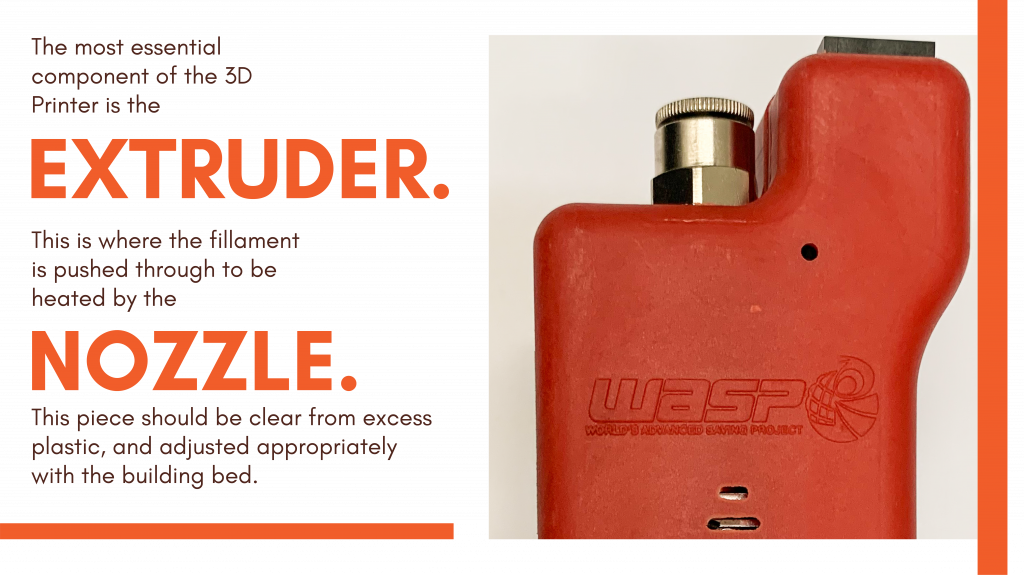
THE PROS AND THE CONS
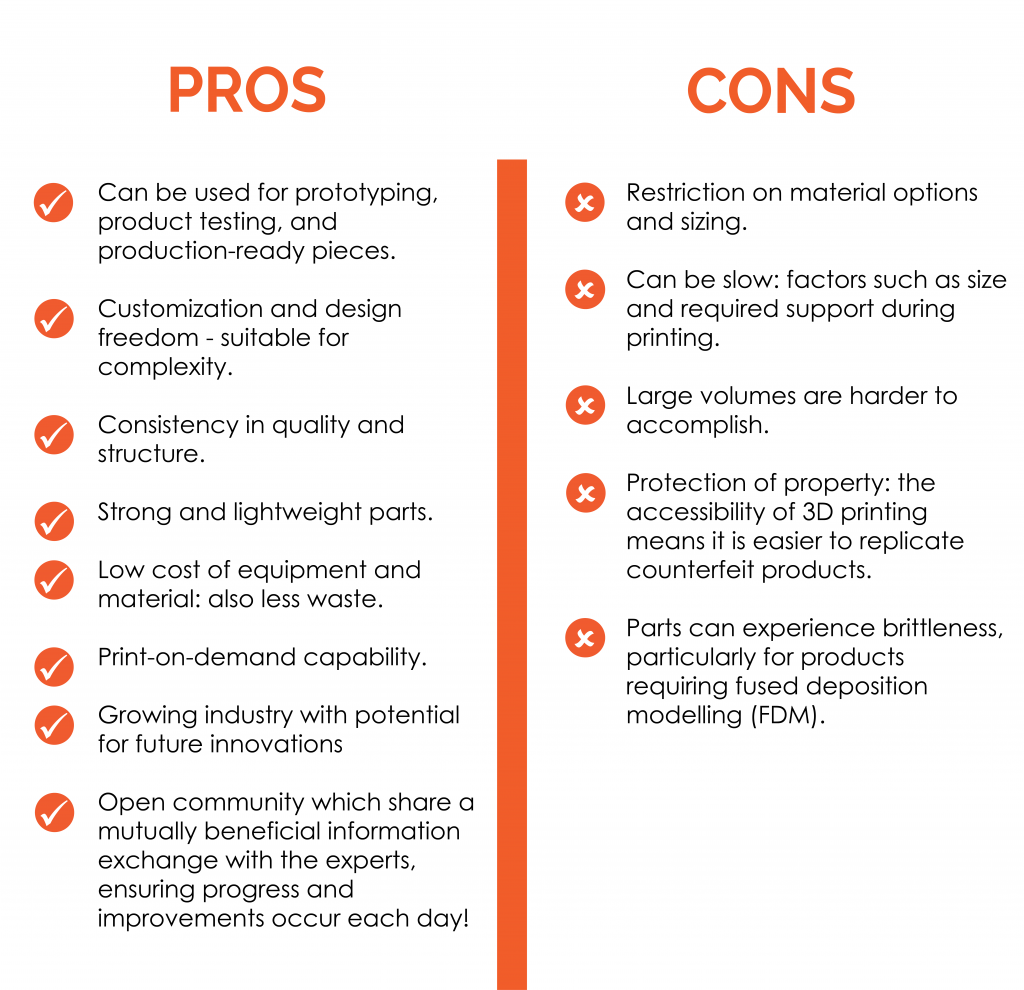
APPLICATIONS
 PROTOTYPING
PROTOTYPING
Unsurprisingly, Rotadyne has been using 3D Printing for rapid prototyping for many of our clients, current and upcoming!
ENGINEERING TOOLS
Rotadyne has been able to take advantage of our printers for post-processing applications! We have made machine parts and jigs for the factory. This speeds up manufacturing processes and saves overall cost in production as we can source these components in-house, self-sufficiently!
PARTS AND COMPONENTS
One of our long-standing clients have jumped on board the 3D Printing train, approving one of their product’s components to be 3D printed. We are able to match Rotomoulding speeds with these prints. This significantly speeds up and facilitates the overall production and assembly process.
Additionally, our esteemed logistics manager, Borris, also utilized out 3D Printing technologies for a more personal project! We printed him a simple clip which made a significant difference in the now repaired tricycle belonging to his nephew!
THE PROCESS
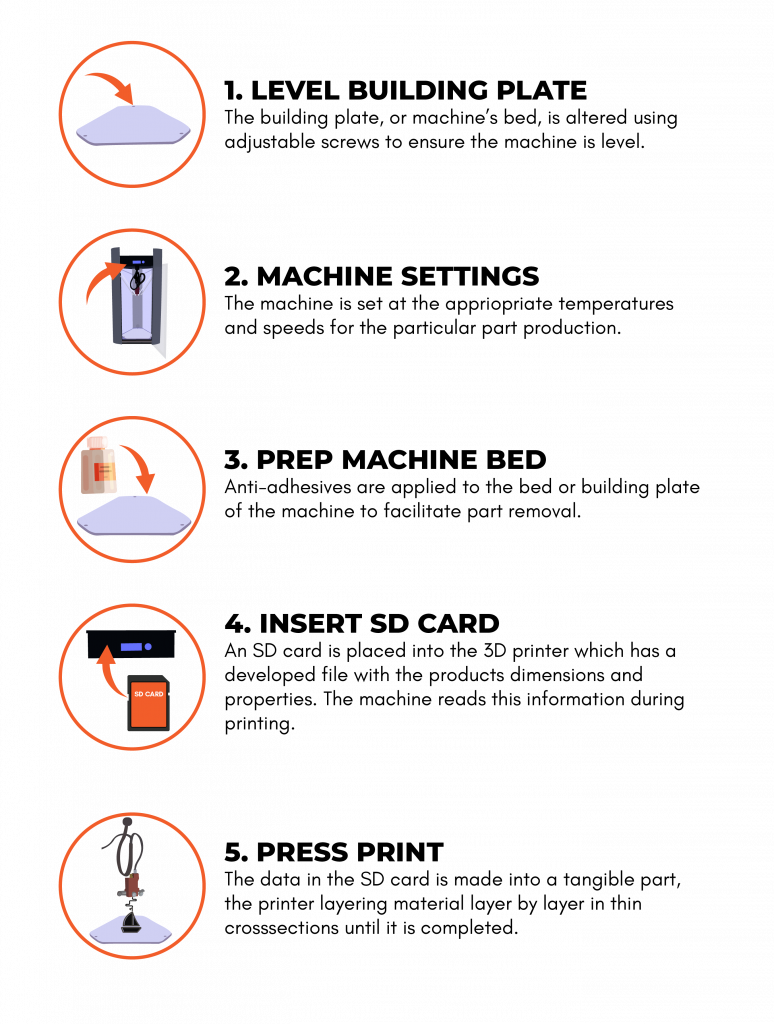 Before the print bed is levelled, a series of calculations take place in order to determine the machine’s “max Z level”, ensuring that the machine is naturally positioned to reach the bed itself, and centralized.
Before the print bed is levelled, a series of calculations take place in order to determine the machine’s “max Z level”, ensuring that the machine is naturally positioned to reach the bed itself, and centralized.
Next, the machine must be prepared for each individual production. Before any print, the machine bed should be wiped down, usually with water, to remove any residue left behind from previous use. The settings need to be adjusted to reflect the requirements of the current print.
Then, a fresh and even layer of anti-adhesive is spread onto the bed. As advised by our partners in plastic, PCA, for ABS material applications, we use an ABS Glue: these come in either sprays or glue sticks which are both easy applications and removals.
A CAD file, developed by designers, contains all the data relevant to the products dimensions, shape and structure, the same way a word document contains the data needed to print paper reports.
This file generally also contains pre-set machine settings, such as temperatures for the nozzle and print bed, and production speed, all which are determined according to the desired material and the product itself. This file is inserted with an SD card into the printer.
From here, it’s as simple as pressing print!
It’s important to ensure the bed and nozzle heated sufficiently and that the first layer of the print successfully adheres to the bed, but after these factors are confirmed, it’s simply a waiting game. Prints can take anywhere between 30 minutes to several days, depending on the size and complexity of the part.
These waiting times may deter your competition from this process. However, when utilized appropriately and with experience, 3D printing can completely revolutionize your manufacturing process. This is why additive manufacturing through Rotadyne is distinct from at-home 3D printing services or hobbies: it comes with the abilities and expertise you can only gain from the on-field specialists.
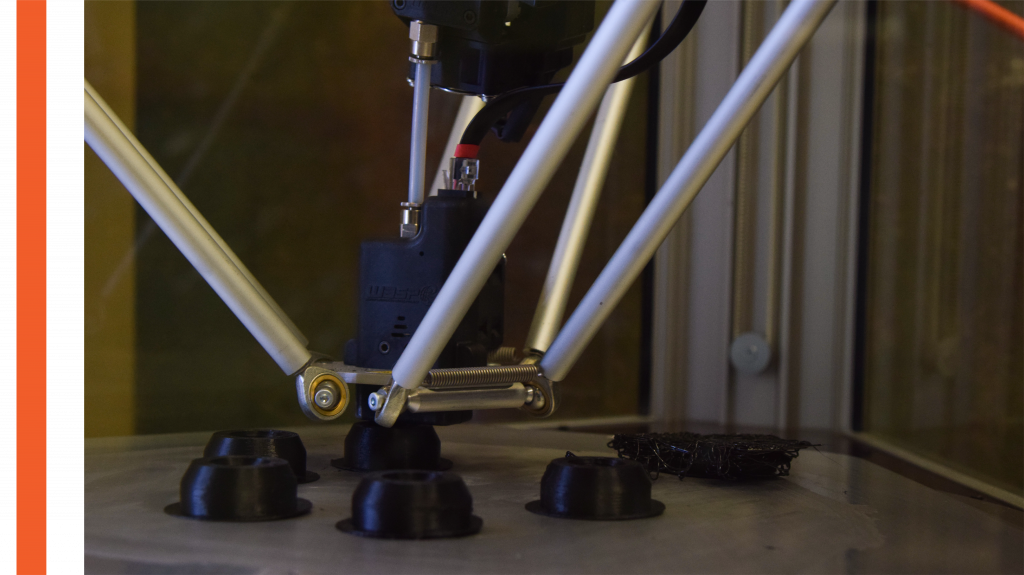
Our trip to PCA was a part of the start of Rotadyne’s recent journey to introduce new manufacturing methods in an attempt to expand our technical capabilities and expertise. Our goal is to keep things simple for you: we tackle the technicalities so you can focus on your product.
Don’t miss out on cutting edge technologies which can offer competitive solutions to your product’s unique challenges, or let your product blend in with the other plastic on the shelf. Elevate your product to match your mission, and make a substantial impact on your industry and market environment.
REFERENCES
https://3dprinting.com/what-is-3d-printing/
https://i.materialise.com/blog/en/new-to-3d-printing-8-basic-facts/
https://www.sculpteo.com/blog/2019/10/30/17-oustanding-3d-printing-facts/
https://www.3dmakerengineering.com/blogs/3d-printing/how-3d-printing-works
https://www.twi-global.com/technical-knowledge/faqs/what-is-3d-printing/pros-and-cons
https://www.bcn3d.com/the-history-of-3d-printing-when-was-3d-printing-invented/

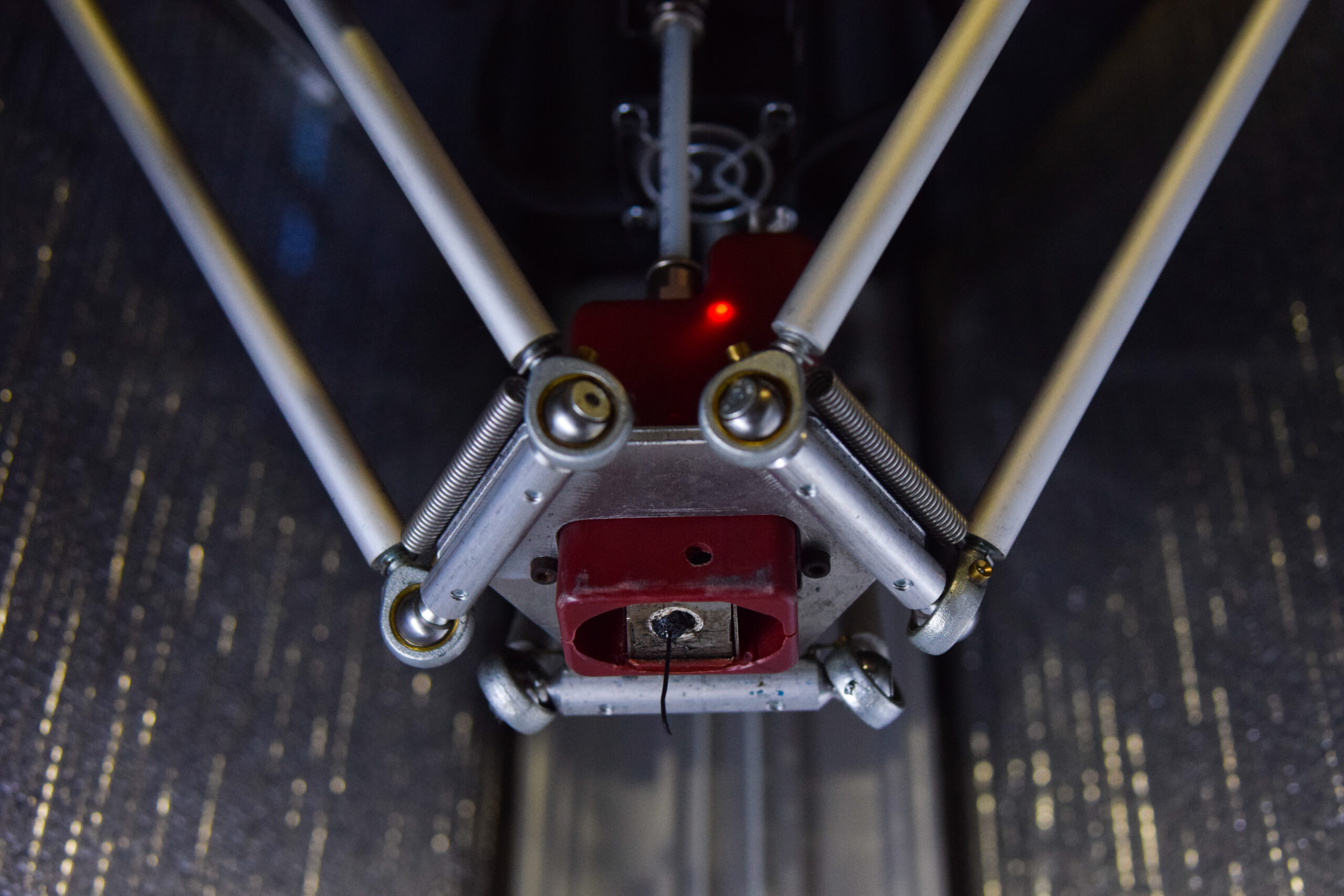
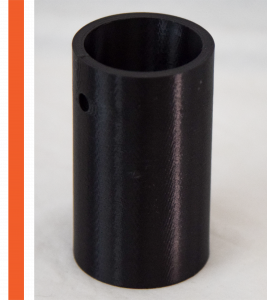 PROTOTYPING
PROTOTYPING